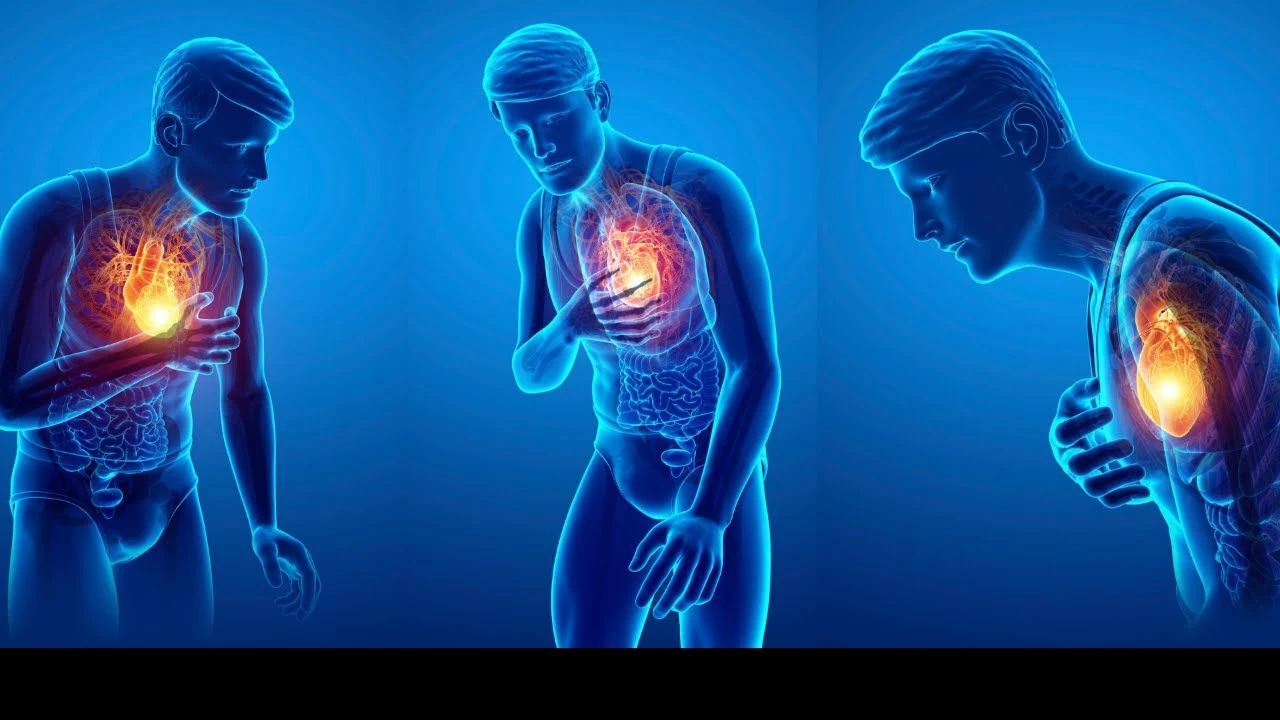Acid Indigestion: What It Is, Why It Happens, and How to Feel Better Fast
If your stomach feels like a furnace after meals, you’re probably dealing with acid indigestion. It’s that burning feeling in the chest or upper abdomen that many call heartburn, but it’s really excess stomach acid irritating the lining of your esophagus.
Why Acid Builds Up
The most common culprits are foods and drinks that relax the lower esophageal sphincter – the valve that keeps acid where it belongs. Think spicy dishes, chocolate, caffeine, alcohol, and fatty meals. Stress and smoking can also make the valve leaky, letting acid splash up into your throat.
Another big factor is overeating. When you stuff yourself, the stomach stretches and pushes more acid upward. Even a tight belt or lying down right after dinner can worsen the problem because gravity isn’t helping keep the acid down.
Spotting the Symptoms
You’ll know it’s acid indigestion when you feel a sharp burn behind your breastbone, often after eating. Some people get a sour taste in their mouth or a feeling of food getting stuck. Bad breath, cough, and a hoarse voice can happen too, especially if the acid reaches the throat.
While occasional heartburn is normal, frequent episodes (more than twice a week) suggest you should talk to a doctor. Persistent pain, weight loss, or vomiting blood are red‑flag signs that need urgent care.
Now for the good news – most acid indigestion can be tamed with simple lifestyle tweaks and over‑the‑counter aids.
Quick Relief Strategies
Start by sipping water or a low‑fat milk. Both help dilute stomach acid. Chewing gum for 20 minutes after meals stimulates saliva, which neutralizes acid naturally.
If you need something stronger, antacids like calcium carbonate work fast by directly counteracting the acid. For longer relief, try an H2 blocker (such as ranitidine) or a proton‑pump inhibitor (like omeprazole), but keep them short term unless your doctor advises otherwise.
Elevate the head of your bed about six inches if nighttime symptoms bother you. This simple tilt uses gravity to keep acid down while you sleep.
Long‑Term Lifestyle Changes
Swap trigger foods for gentler options: grilled chicken instead of fried, oatmeal instead of sugary cereals, and non‑citrus fruits like bananas. Eating smaller meals every three to four hours reduces pressure on the stomach.
Avoid lying down for at least two hours after you eat. A short walk helps digestion and can cut acid reflux episodes in half.
If you smoke, quitting is a game‑changer. Nicotine relaxes the sphincter, so stopping will give your valve a chance to work properly again.
Stress management isn’t just for mental health – it directly impacts stomach acid. Try deep‑breathing exercises, yoga, or a quick meditation session before meals to keep anxiety from stirring up more acid.
When to See a Professional
If over‑the‑counter remedies and lifestyle tweaks don’t bring relief after a couple of weeks, schedule an appointment. Your doctor might run tests to rule out GERD, ulcers, or gallbladder issues.
Remember, occasional heartburn is normal, but chronic acid indigestion deserves attention. With the right habits and a few easy tricks, you can keep that burning feeling at bay and enjoy meals without fear.

I recently explored the connection between acid indigestion and the keto diet, and I have some important information to share. It turns out that the high fat content of the keto diet can actually trigger acid reflux in some people. Additionally, some common keto-friendly foods, like coffee and spicy dishes, may exacerbate these symptoms. However, there are ways to mitigate this issue, such as avoiding trigger foods and incorporating more alkaline foods into your meals. It's essential to listen to your body and make the necessary adjustments to ensure a comfortable and successful keto journey.
Read More